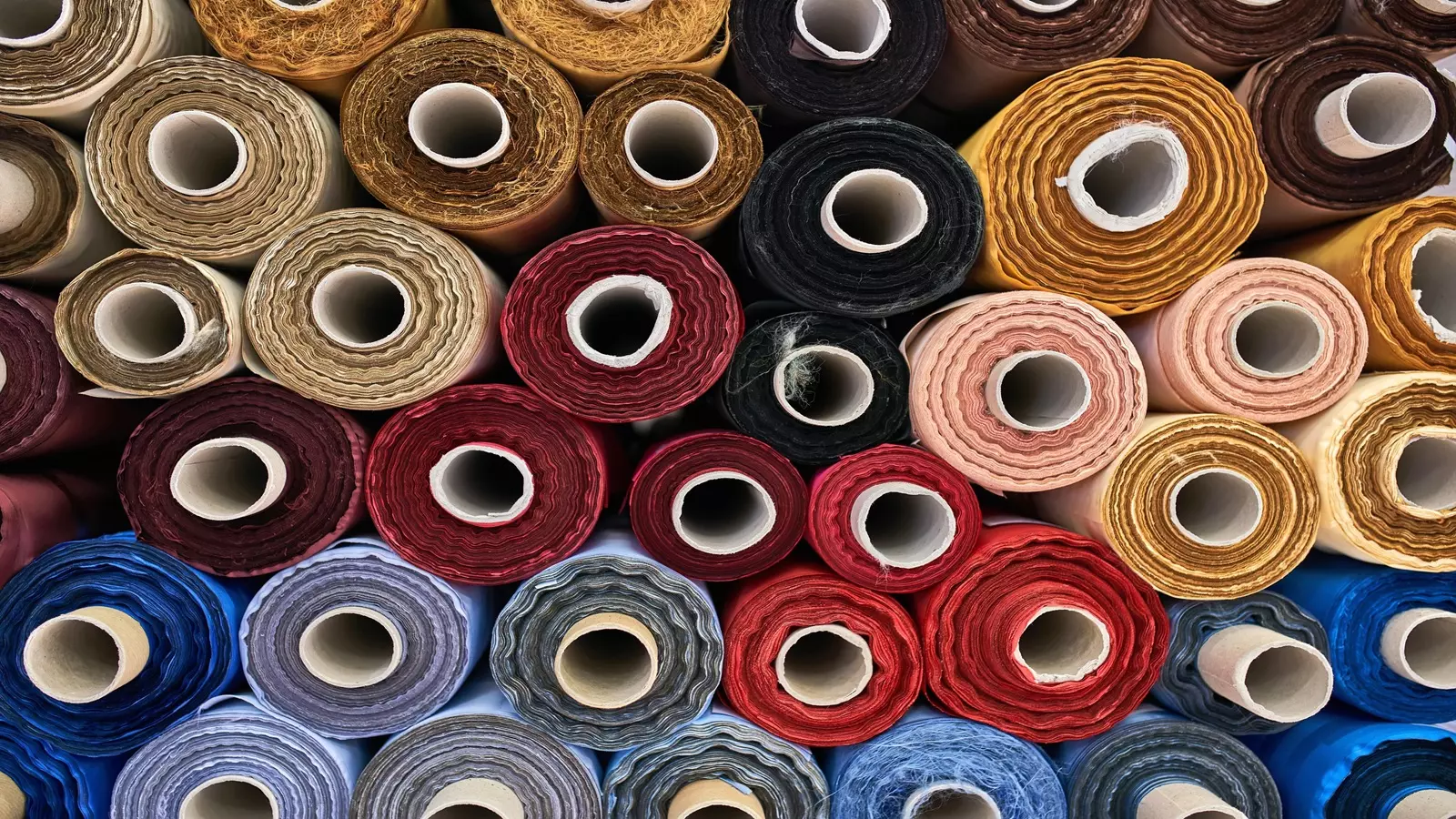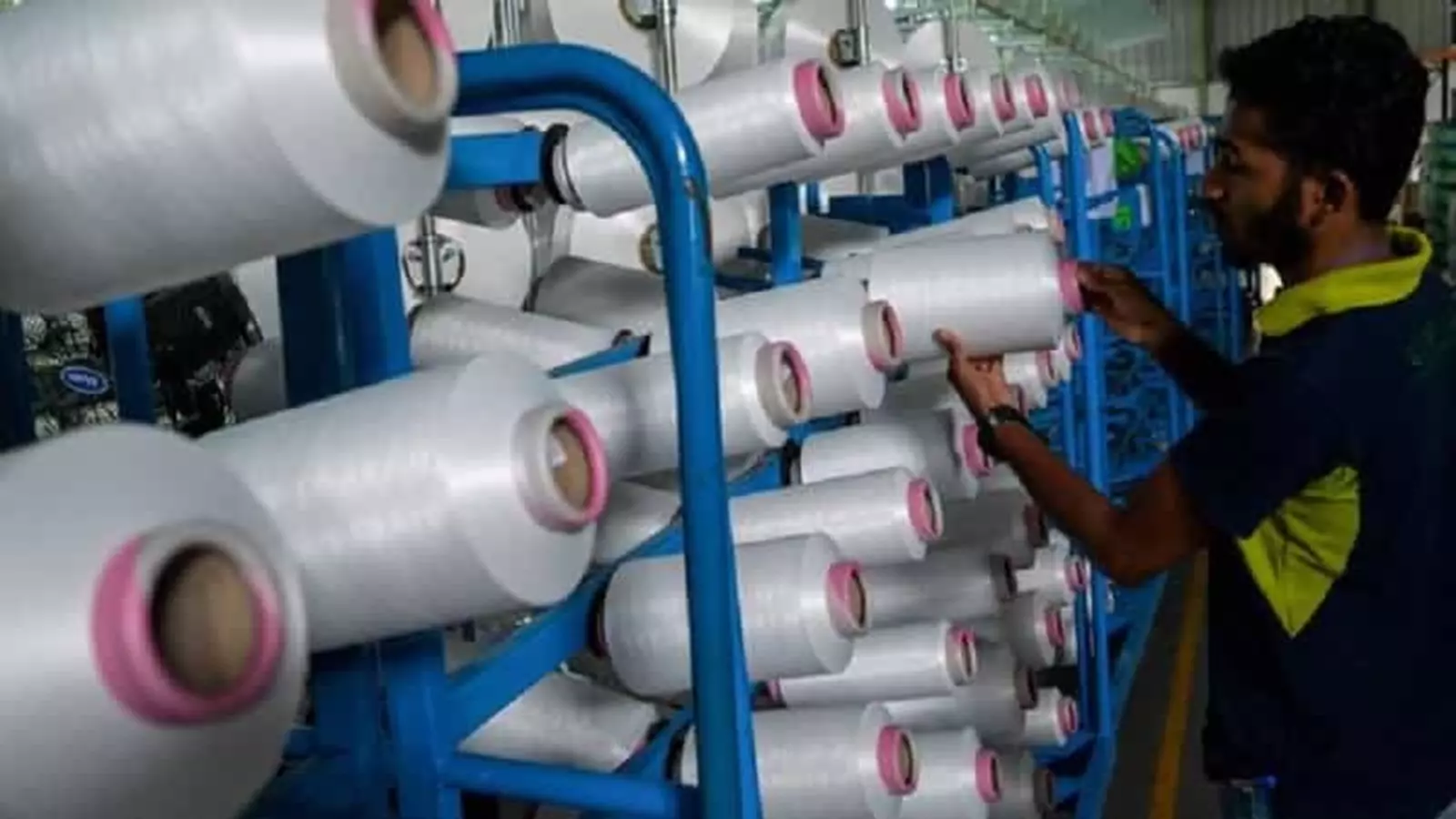- Home | Industry Update | Kashmir's Pashmina: A Journey Through Tradition And Craftsma...
Kashmir's Pashmina: A Journey Through Tradition And Craftsmanship

As the cold winds of winter roll in, woolen garments become a seasonal staple. Yet, for those seeking a touch of luxury in their winter wardrobe, Pashmina emerges as an unparalleled choice. Celebrated for its lightweight, soft, warm, and durable qualities, Pashmina not only shields against the chill but also offers a breathable comfort that few other textiles can match.
Often referred to as "soft gold," Pashmina has been a symbol of opulence and prestige since the Mughal era. Its unique thermal properties and fine craftsmanship have made it a coveted fabric across the globe. Kirti Deshpande, a design professor at the School of Design, MIT-WPU, Pune, shares her insights into the heritage of Pashmina. "Pashmina is a legacy textile, woven from a special type of wool primarily sourced from Ladakh in northern India," she explains. The term 'Pashmina' is derived from the Persian word pashm, meaning soft wool, highlighting its delicate and refined nature.
The wool is collected from the undercoat of Changthangi goats, native to the high-altitude regions of Ladakh. These goats have adapted to the extreme cold, developing an exceptionally fine undercoat that becomes the foundation of Pashmina’s famed softness and warmth.
Beyond its practical benefits, Pashmina carries with it a storied tradition of hand-spun and hand-woven artistry. Each piece is a testament to the skill and dedication of Kashmiri artisans, who have preserved this ancient craft through generations.Incorporating Pashmina into your winter attire is not just about staying warm; it's about embracing a piece of history, luxury, and unparalleled craftsmanship.
02:53 PM, Jan 21
Source : Kashmir's Pashmina: A Journey Through Tradition And Craftsmanship
Other Related Topics

Rieter Issues Market Update on Completion of Barmag Acquisition
10:33 AM, Dec 20

Indian Textile Exports Weave Strong Momentum with November Surge
11:24 AM, Dec 18Industry Update

Carrington Textiles Introduces Defence Stock Range for Faster Access to Military Fabrics...view more












1.webp)






1.webp)

1.webp)
1.webp)

1.webp)

1.webp)

.webp)

1.webp)



1.webp)













1.webp)












1.webp)


1.webp)

























1.webp)






















1.webp)





1.webp)
1.webp)














1.jpg)






















1.jpg)




























_large1.jpeg)

























































.png)










.jpg)
.jpg)
.jpg)










1.jpeg)